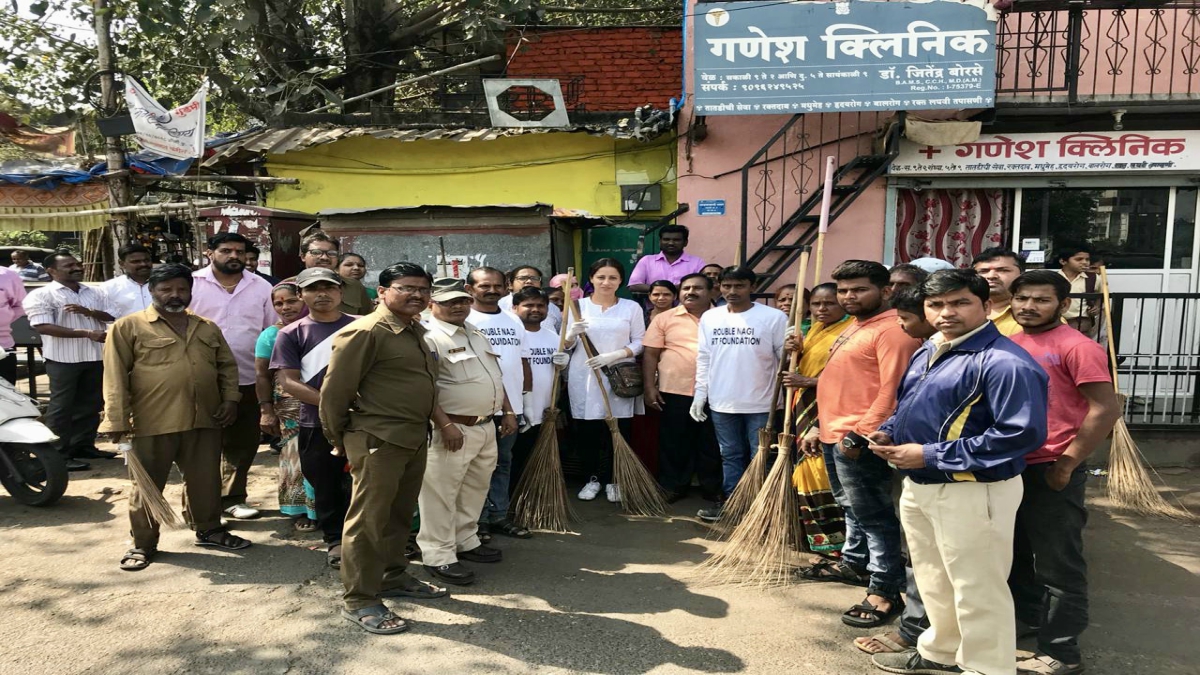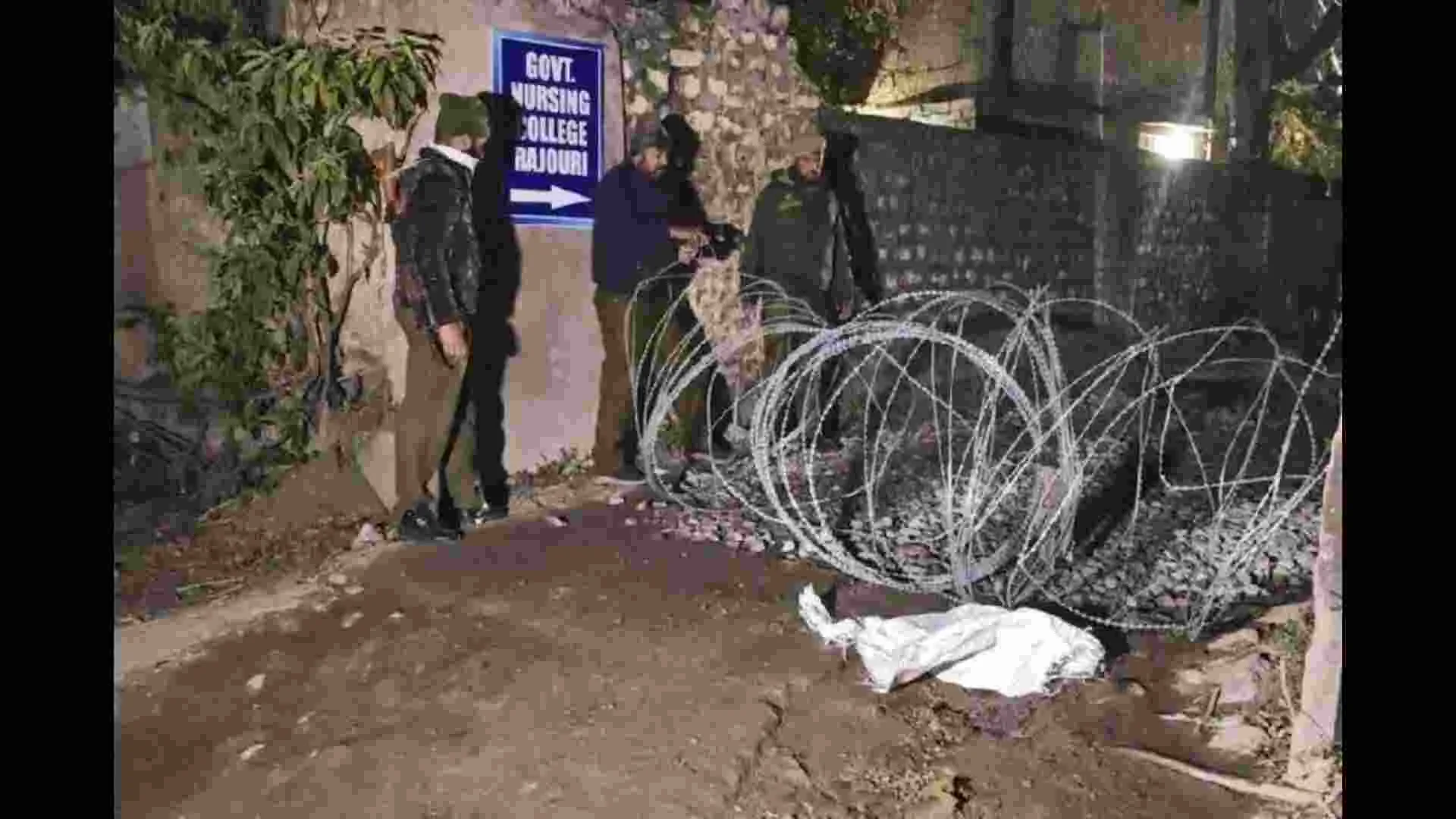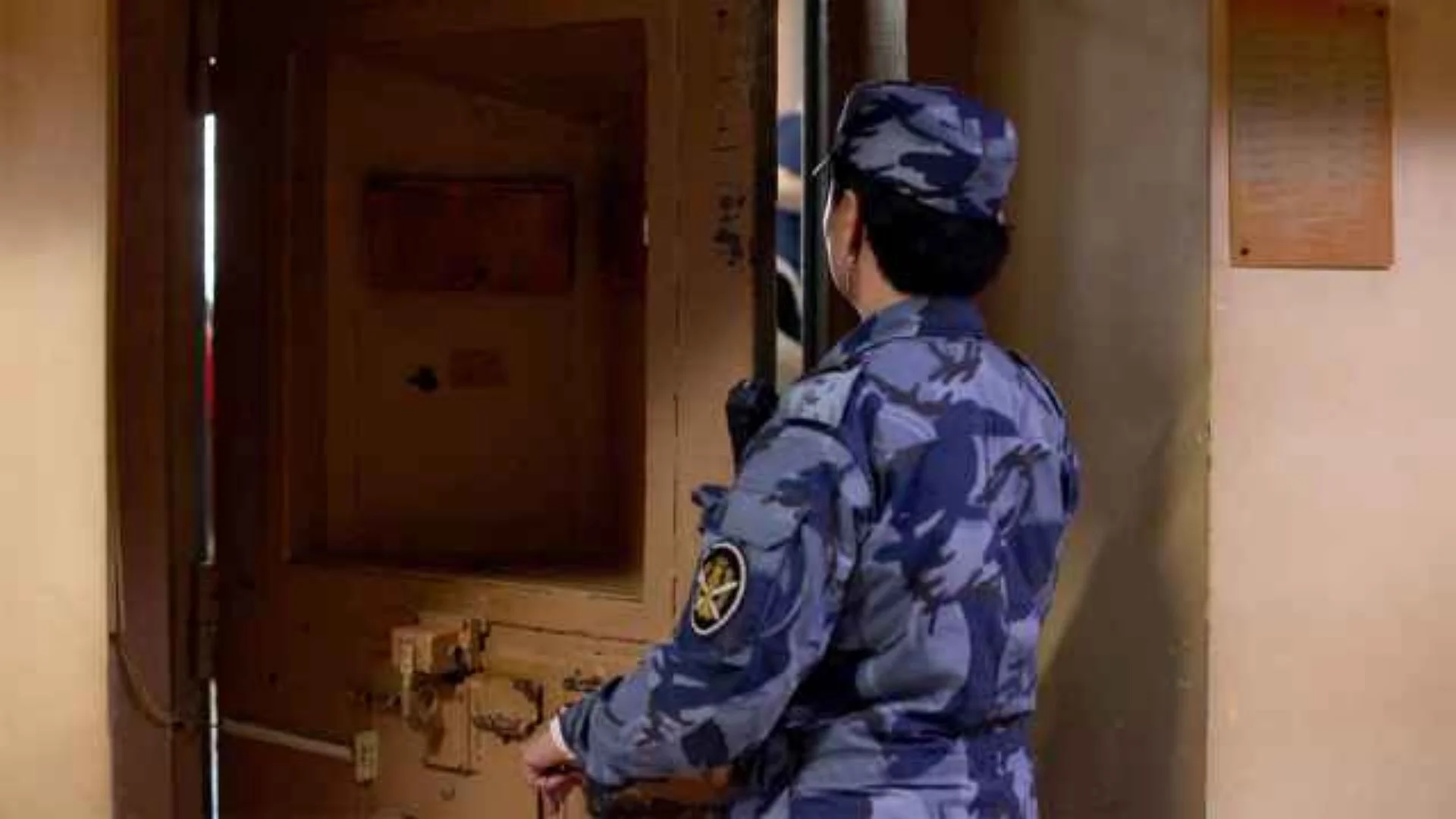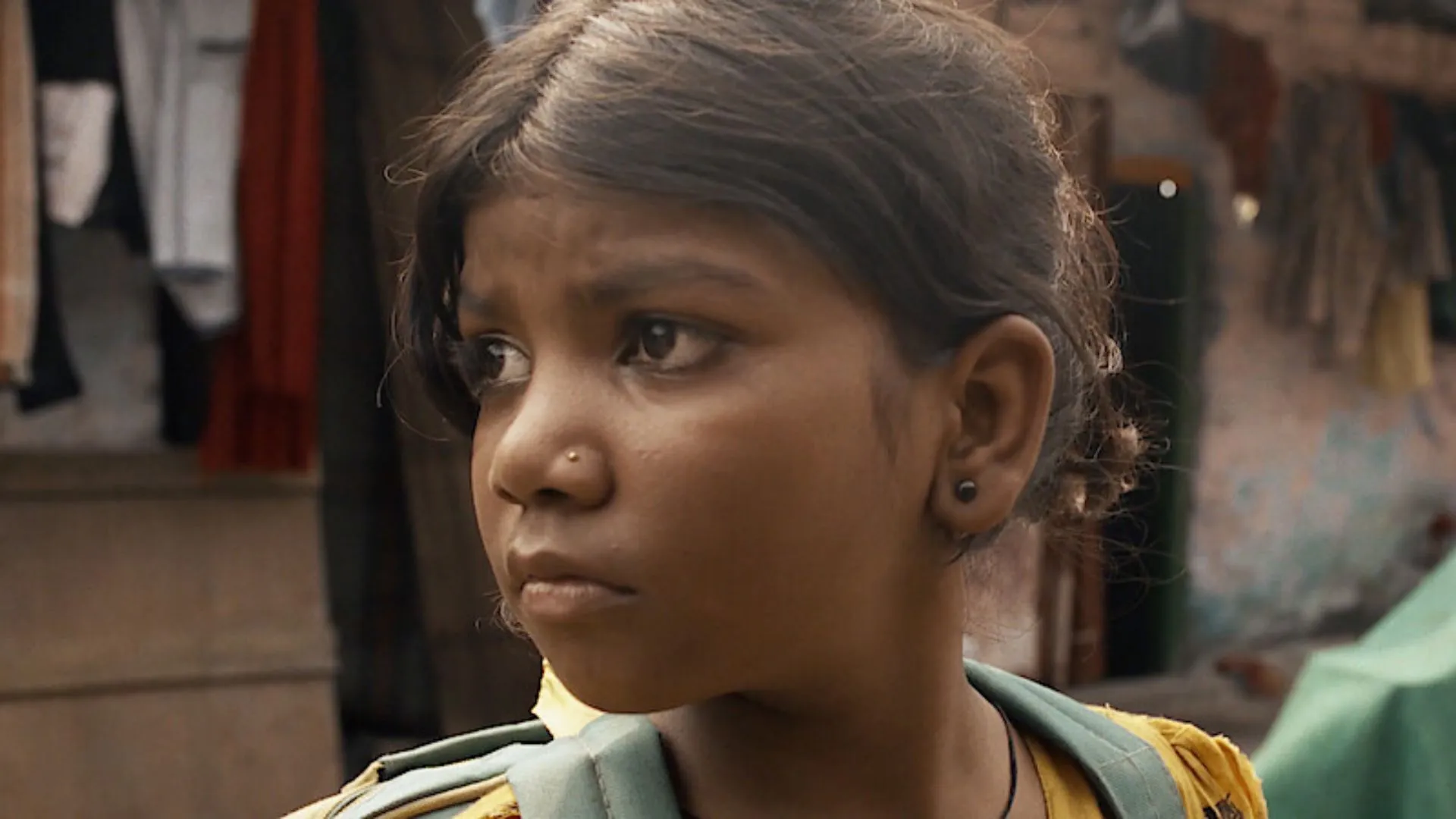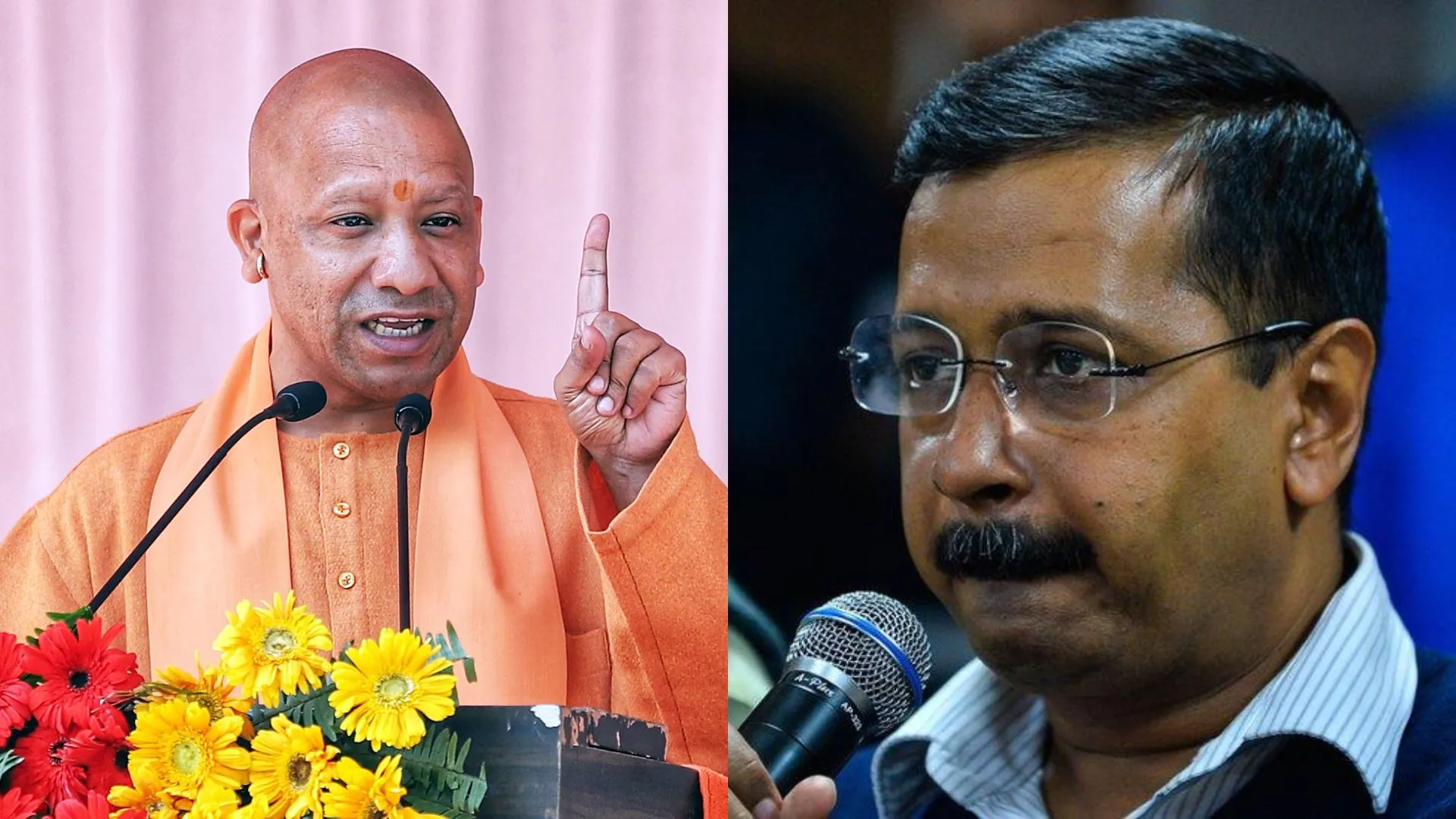Here in India, especially Mumbai, most of us are more than aware of the havoc that slum conditions continue to reap for our communities, and in turn, our people. Across our nation, there are millions of individuals living in these unstable environments; environments filled with frightening health hazards, disease, excrement, poorly managed waste, never-ending piles of plastic, and the list goes on, and on, and on.
Whilst this may be the case, we know that at the very heart of our slums, the only thing that truly exists is pure, unfiltered humanity. Beneath the layers of grime, dirt, and poorly managed infrastructures, lies a raw and inherent human urge; an urge to survive, an urge to find a place to call home, a place to raise children, a place to cook and to eat, to laugh and to cry, to learn and to grow, a place to shelter from heavy rains, a place to have hope, hope for a better life, one that is filled with possibility and opportunity.
Social and economic heterogeneity weakens the community and some households are headed by women who must earn a living. This situation has consequences on the health and development of small children and often turning small children into a workforce. On one hand, slums may be a place for individuals to call home, but on the other, they also serve to neglect the very same individuals.
Often found to be in areas close to open-sewer systems, there tends to be very little or no education concerning proper waste management and correct sanitation. The frightening array of negative implications that these shocking living conditions can cause truly are endless. But we must never forget that the people found living within slums are not just any people, they are our people, and they must never be forgotten.
In many instances, it seems that society and our government have conveniently just forgotten about the many people surviving in these areas. Or maybe they just have chosen to turn a blind eye and move their vision away from the unsightly and hard to swallow truths that are so clearly visible to the rest of us.
For the purpose of this article, we feel it necessary to discuss some hard facts concerning slum life for the many unfortunate, and might we add, underrepresented, and marginalised individuals that are barely being housed in overcrowded slums across our nation. A major part of these environmental problems we are facing today have risen out of the steady increase of population, harsh topography as well as lack of proper planning for the development. Especially in Mumbai this has led to an ever-growing demand for the basic civic services and amenities.
The provision for housing and shelter, water supply, sewage and sanitation, health care services, transport facilities, etc, are becoming scarce and costly for slum dwellers. This has a direct effect on the living conditions of the poor who were already subsisting on the margins of their existence. Our research has outlined that a large proportion of the statistics provided for slums in India are highly underestimated. In Mumbai itself, where our project is based, an estimated 55% of individuals live in slums or similar conditions.
It is important to note that it is likely that this percentage is much higher in reality. Mumbai, also known as the ‘city of dreams’, couldn’t be further from the truth in my opinion. These slums and squatters create environmental pollution through their unorganised and unsystematic waste and sewage disposal, congested and unplanned housing. Millions of individuals flock to Mumbai and other cities in India in search of a better life, but in most cases, this is most certainly not what they find. Instead, individuals find themselves barely surviving in ramshackle constructions, surrounded by litter and very often, human excrement.
Slums are often a breeding ground for disease, and within recent months, those living within slums have been some of the worst affected by the destructive coronavirus. Slums are known to be ideal locations for respiratory diseases, decreased life expectancy, drug abuse, domestic abuse, and exploitation. Since water is the basic necessity, the sufficiency and quality of its supply directly affects the well-being of the society living in that particular city. Safe collection and treatment of waste water is almost equally important as the supply part, since inappropriate handling of waste water and sewerage create disease-prone living environments.
For these very reasons, and many more, we are compelled to make a change and to do so, we believe that taking care of our people should be our nation’s top priority. Air and water pollution, lack of personal hygiene, noise and cultural pollution are among the most considerable environmental problems in the area.
A unique initiative Through the Missal Mumbai/India initiative, we are working towards empowering and giving a voice to our people, the forgotten people, the underrepresented people, and those that have previously been neglected by our failing social systems. We believe that with time, hard work, care, love, and compassion, we can help empower individuals in slums to make small changes that will benefit their environment for years to come.
We help educate families on how to take care of their environment for the benefit of their health. By helping to educate those living in slums about the danger of improper waste management and sanitation issues, we hope that residents will start to look at their environment differently, and the dangers that poor management can cause.
By using art and colour, we hope to help individuals view their environment in a different light. Although we are all too aware of the problems that slum-life houses, we also know how unbelievably strong the power of creativity is too.
Through colour and creativity, we want to empower individuals to transform their environment into a place that they can really call home. Since our conception, we have noticed that by using art and colour, some of the slum environments that we have worked in have become more welcoming and friendly, but most importantly these activities have created a much-welcomed change of perception for these desperately undersupported communities.
Every big change in the world today came from a dream, a dream to help those without support, those without hope, and those that continue to be neglected. Rouble Nagi is a social activist who runs the Misaal Mumbai/ India initiative, which started with Paint Dharavi in 2016. Over 150,000 houses have been transformed so far. The main aim is to educate people through art about the importance of children education, empowering women, creating job opportunities for youth, cleanliness, hygiene, sanitation, waste management, etc.
Edited by Ambika Hiranandani

